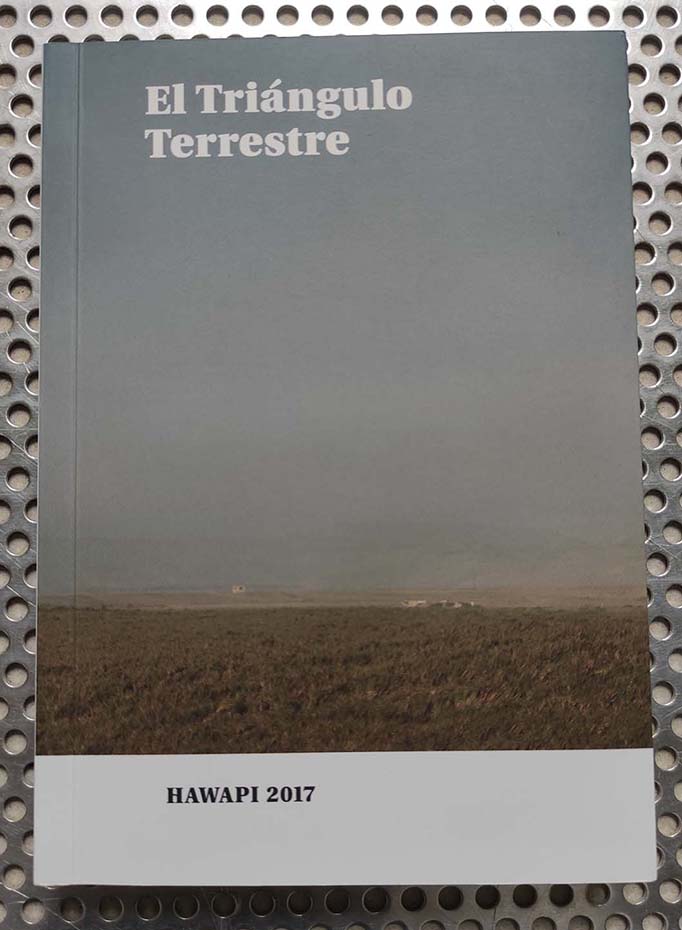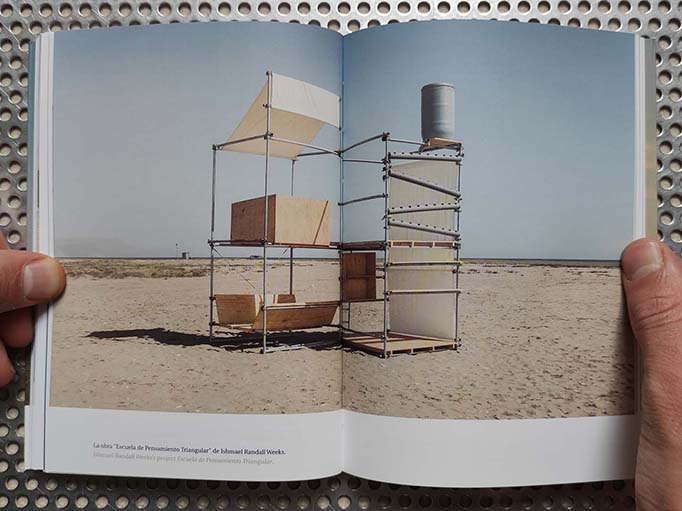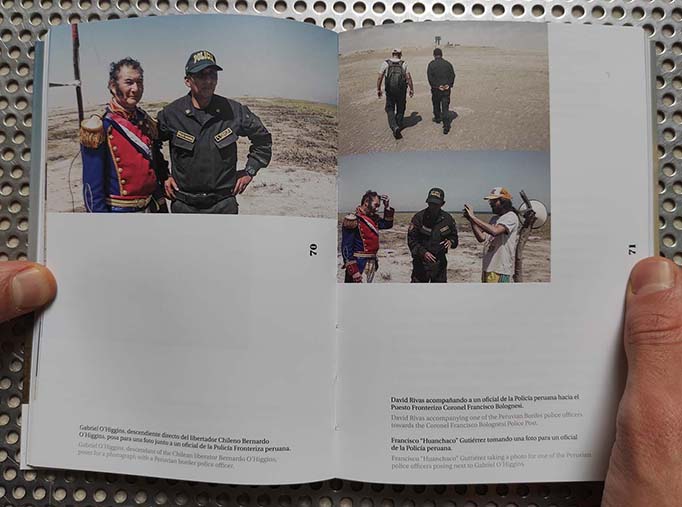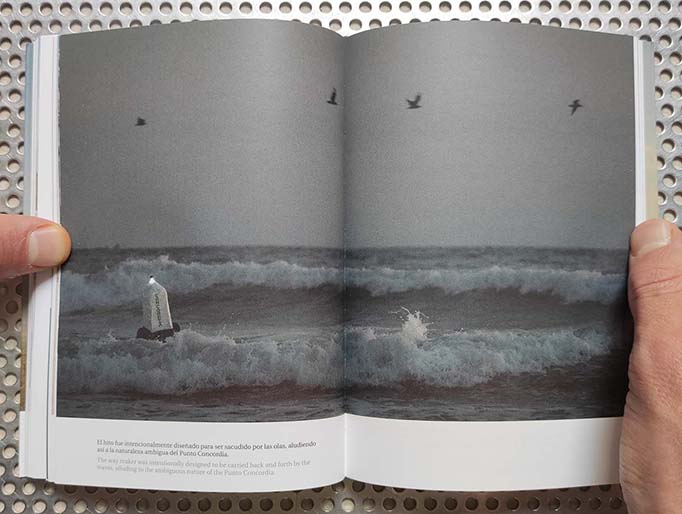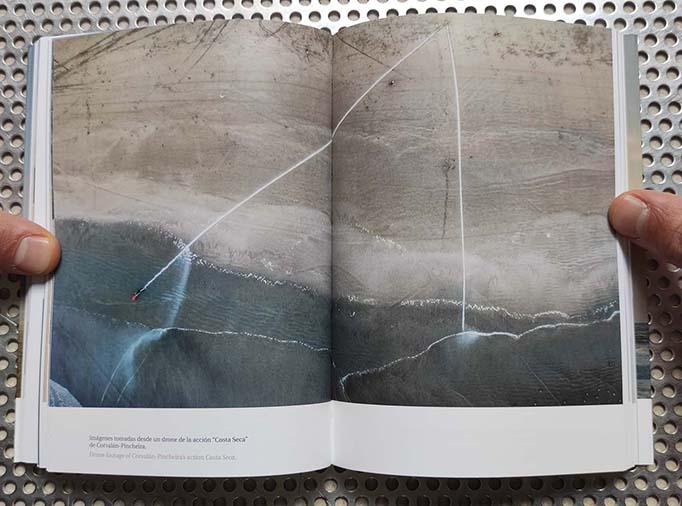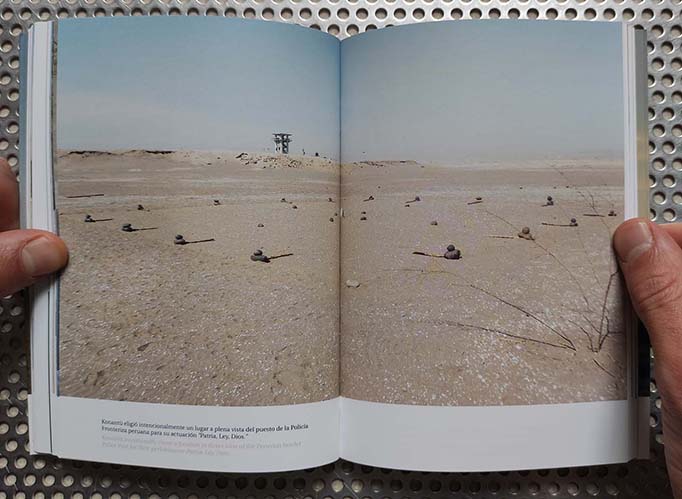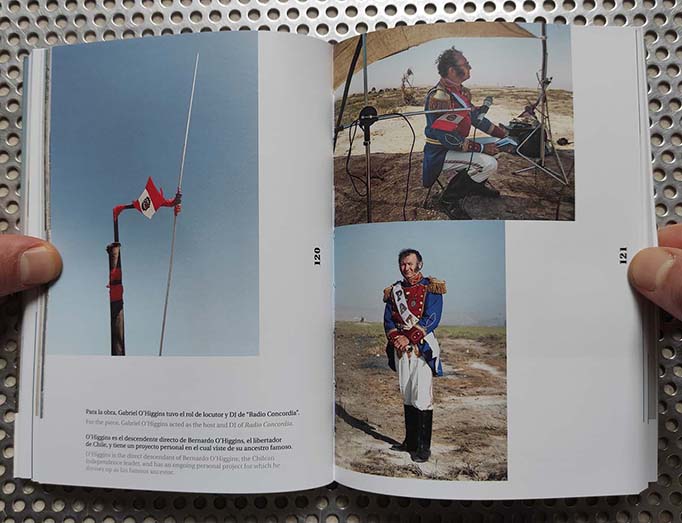23.06: HAWAPI Publication Presentation + Talk with Harm Lux @ Motto Berlin
Posted in Events, Motto Berlin event, politics on June 18th, 2022Tags: cultural association, Harm Lux, HAWAPI, La Monja, Maxim Holland, motto berlin, Publication Presentation, Sebastián Baudrand, Susie Quillinan, talk
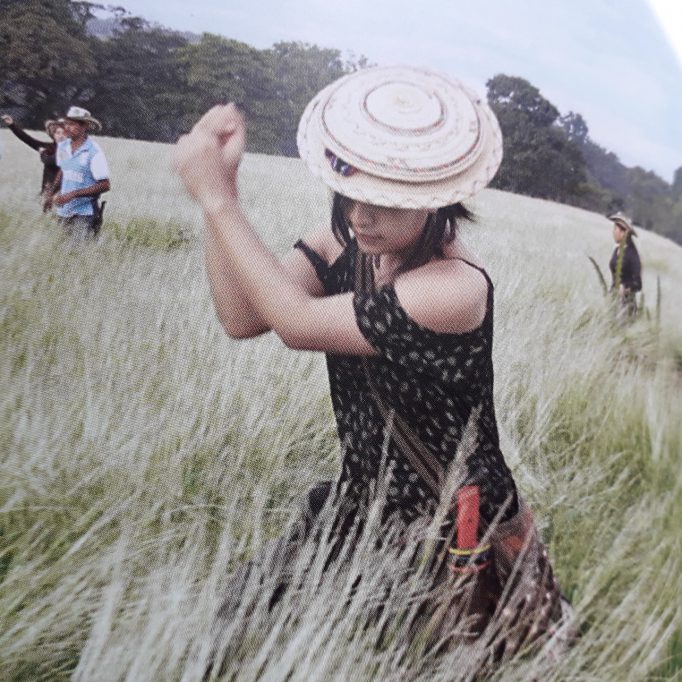
Please join us to welcome artist duo and cultural association, HAWAPI, for a presentation of their publications and discussion with curator Harm Lux.
Thursday 23rd June, 2022
from 7 to 9pm
Motto Berlin
Skalitzer Str. 68 (im Hinterhof)
10997 Berlin
7:00 until 7:45pm > HAWAPI introduce their work (intro by Harm Lux), followed by Audience Talk
7:50pm > Presentation of HAWAPI’s Publications
8:20pm > Open Discussion
*HAWAPI’S WORK PROCESS*
After some preliminary regional research, knowledge exchange and a get together, a concept grows and HAWAPI (Susie Quillinan & Maxim Holland) invite colleagues to participate in order to carry out artistic research and actions on site.
Two examples: In northern Peru, in the mountainous region of Sorochuco, lies the property of the weaver Maxima Acuna (family). The latter is now increasingly surrounded by Conga mining, a mining company that is not afraid to appropriate and privatise public water sources. Thirteen artists worked on site several times, and results were presented to the public.
In the “Pondores” project, 12 artists stayed – for longer periods of time – in the Colombian FARC transitional settlements to develop Empathy-building, playing and acting together with these young ex-combatants.
We will also be presenting new publications from La Monja, books from Arequipa based artist- designer-theoretician, Sebastián Baudrand.
Order HAWAPI books here
Order La Monja books here

